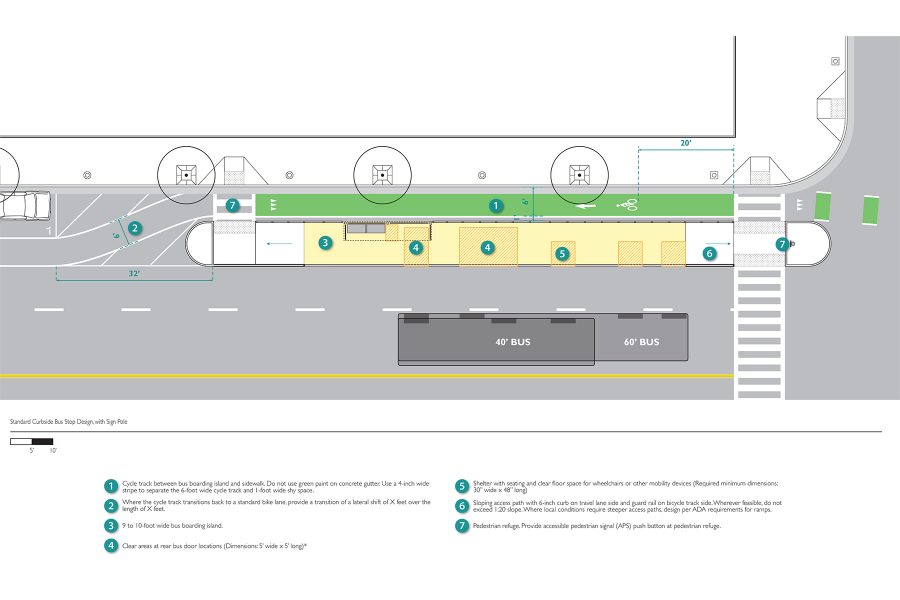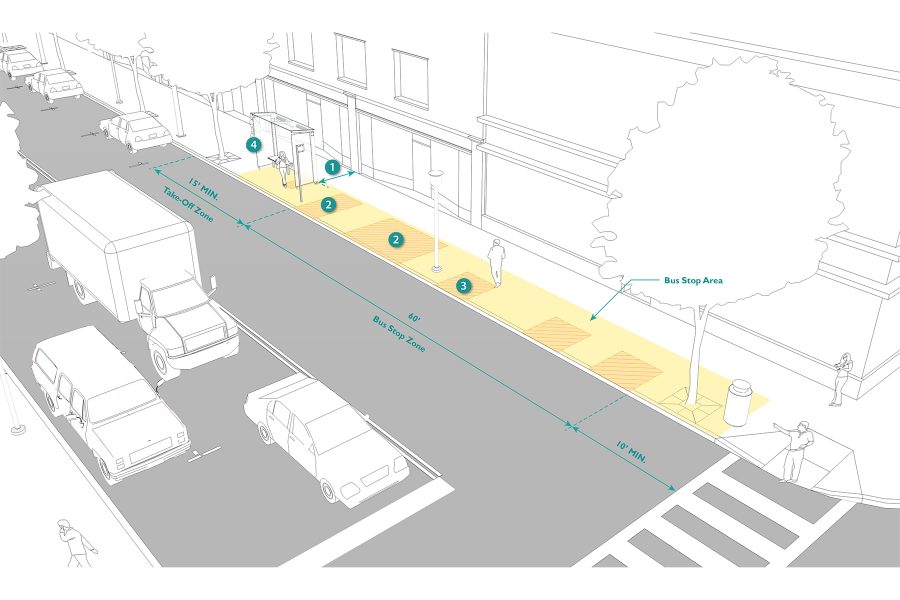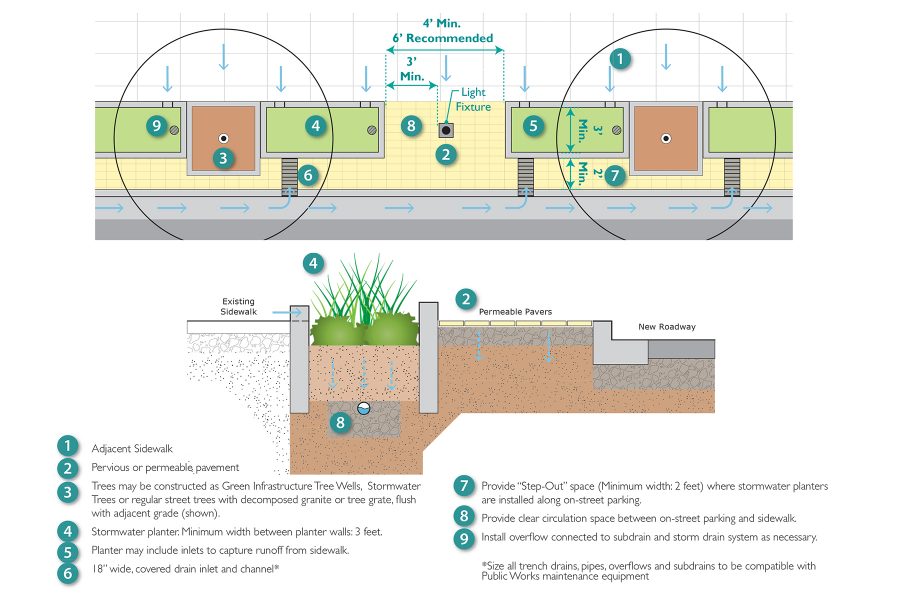Oakland Great Streets Manual
Oakland, California





Client: City of Oakland
Role: Subconsultant
Project Duration: 2014 – 2018
Key Features
- Provides guidance on how to design, implement, and maintain complete streets and green stormwater streets improvements as a routine part of the street design process across city departments
- Details how to integrate green stormwater infrastructure elements with complete streets
- Street typology framework uses GIS mapping to define transportation functions and complete street design characteristics
Description
CD+A and the project’s transportation lead consultant worked jointly to prepare the City of Oakland’s first complete streets plan, the Oakland Great Streets Manual. The plan includes a street typology framework and provides guidance on designing, implementing, and maintaining complete streets and green stormwater streets improvements as a routine part of the street design process across departmental boundaries.
During the initial phase, CD+A led the development of a GIS-based street typology framework that consists of three main components: a set of base street types, a series of multimodal emphasis overlays (transit, bicycle, pedestrian, urban goods movement, etc.), and a land use context overlay. Together, these components define the multimodal transportation function of a given street or street segment and its complete streets design characteristics.
Guidelines development included a series of focus group meetings with City staff across all departments; the local bus transit agency; and local design, transportation, and engineering practitioners to identify critical gaps in and necessary updates needed for the City’s current design guidance. These topics were then prioritized for inclusion in the draft complete streets guidance. CD+A authored sections of the Great Streets Manual that guide the design of pedestrian areas and transit stops and the integration of green stormwater infrastructure into the design of complete streets improvements. CD+A was also responsible for creating a series of illustrations and laying out the final draft of the manual.
The final draft of the document is currently being used internally by city of Oakland staff. It is expected that the City will publish a final version of the manual after making edits based on experience from this internal use.
